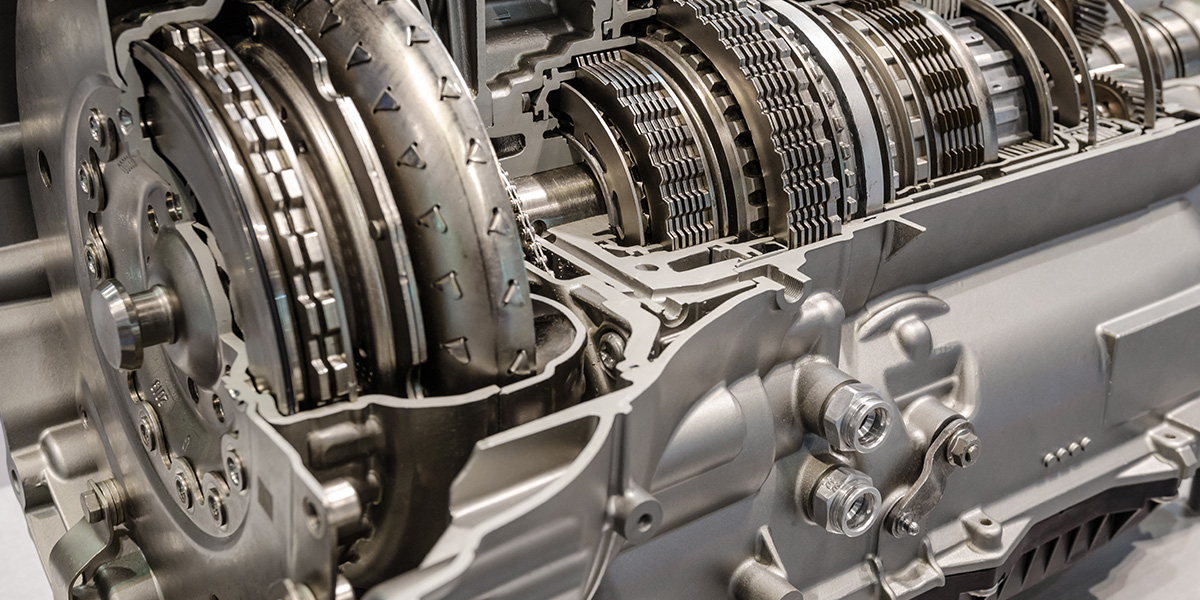Why Are There So Many Gears in Heavy Vehicles Like Trucks and Lorries?
ADVERTISEMENT
The presence of numerous gears in heavy vehicles like trucks and lorries is attributed to several reasons, playing a significant role in their design and functionality. In this article, we will delve into the reasons and advantages of having multiple gears in trucks and lorries.
1. Cargo Transport and Torque Requirement:
Transporting heavy loads often necessitates substantial torque production. Therefore, trucks and lorries require gears capable of delivering high torque even at low speeds. Multiple gears provide a broad range of speeds, ensuring the vehicle maintains appropriate torque levels across various speeds and load conditions.
2. Control during Uphill Climbs and Descents:
Trucks and lorries are frequently tasked with ascending or descending steep inclines while carrying substantial loads. In such conditions, it is crucial for the vehicle to maintain suitable torque and speed. Multiple gears offer drivers a range of gear ratios tailored to different conditions, facilitating better control during ascents and descents. For instance, using a lower gear on a steep incline can increase torque and make climbing easier, while a higher gear during descents can reduce speed and minimize brake wear.
3. Fuel Economy:
Choosing the correct gear ratio can enhance fuel economy. Operating the engine within its ideal speed range optimizes fuel consumption. Multiple gears enable the engine to operate more efficiently at various speeds and load conditions. For example, selecting a higher gear at lower speeds can keep the engine running at lower RPMs, thereby reducing fuel consumption.
4. Driving Comfort:
A greater number of gear options can provide drivers with a smoother driving experience. Particularly for drivers embarking on long-distance journeys, appropriate gear selection and quieter engine operation at lower RPMs are essential. Additionally, having more gear options allows the vehicle to respond more effectively to different speeds and road conditions, enhancing driving comfort.
5. Vehicle Performance:
Optimum performance at different speeds and load conditions requires a range of gear ratios. This affects various performance characteristics such as acceleration, braking, and maneuverability. Multiple gears enable drivers to adjust their vehicles to different conditions, resulting in improved performance.
6. Power Transmission and Engine Efficiency:
Having multiple gears facilitates more efficient power transmission between the engine and wheels. This allows the engine to produce more power at lower RPMs, leading to reduced fuel consumption. Moreover, higher torque at lower engine speeds enhances the vehicle's performance when carrying heavier loads.
7. Adaptability and Agility:
Multiple gears enable drivers to quickly adapt to different road conditions and traffic situations. For example, using a lower gear to accelerate rapidly in traffic. Additionally, smaller gears provide greater agility in tight turns and parking maneuvers.
In conclusion, the presence of numerous gears in heavy vehicles like trucks and lorries serves various critical functions. These include providing better control, improving fuel economy, enhancing driving comfort, and optimizing vehicle performance. Therefore, the abundance of gears in these vehicles is essential for ensuring safety, comfort, and efficiency for drivers and passengers alike.
ADVERTISEMENT
-

Design Differences and Reasons
-

Truck and Trailer Horns Working with a Pull Cord on Top
-

Why are Kangaroo Trucks Known for Having a Low Front and a High Back?
-

Why are the front wheels of tractors smaller than the rear wheels?
-

What Do These Air-Suspended Wheels Found on Trucks and Trucks Actually Do?
-

Why Are There So Many Gears in Heavy Vehicles Like Trucks and Lorries?

















